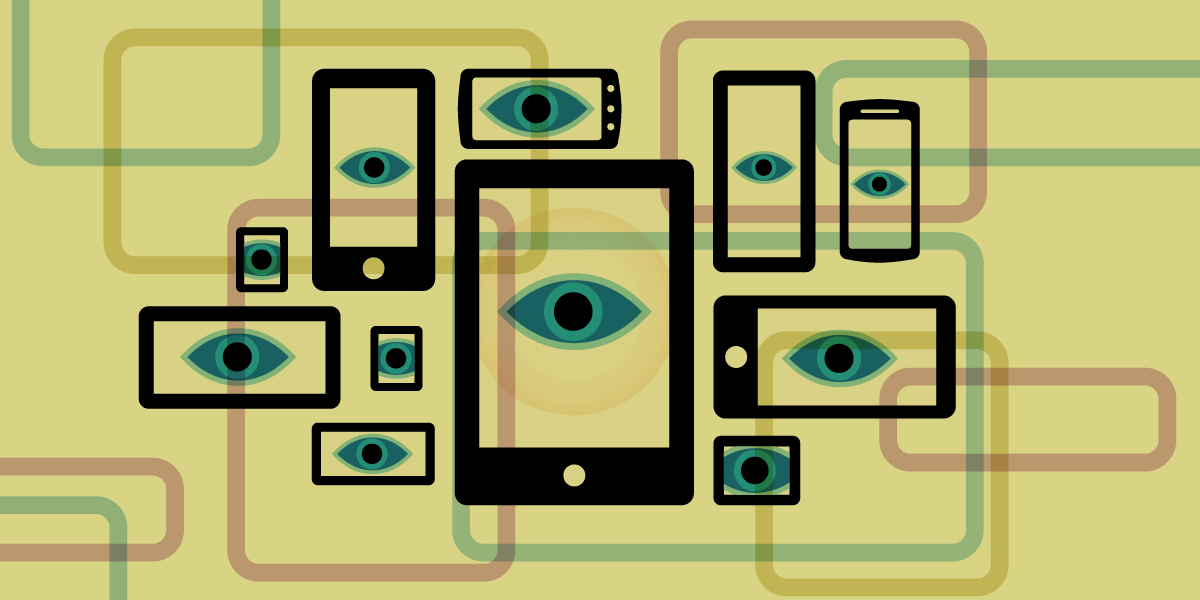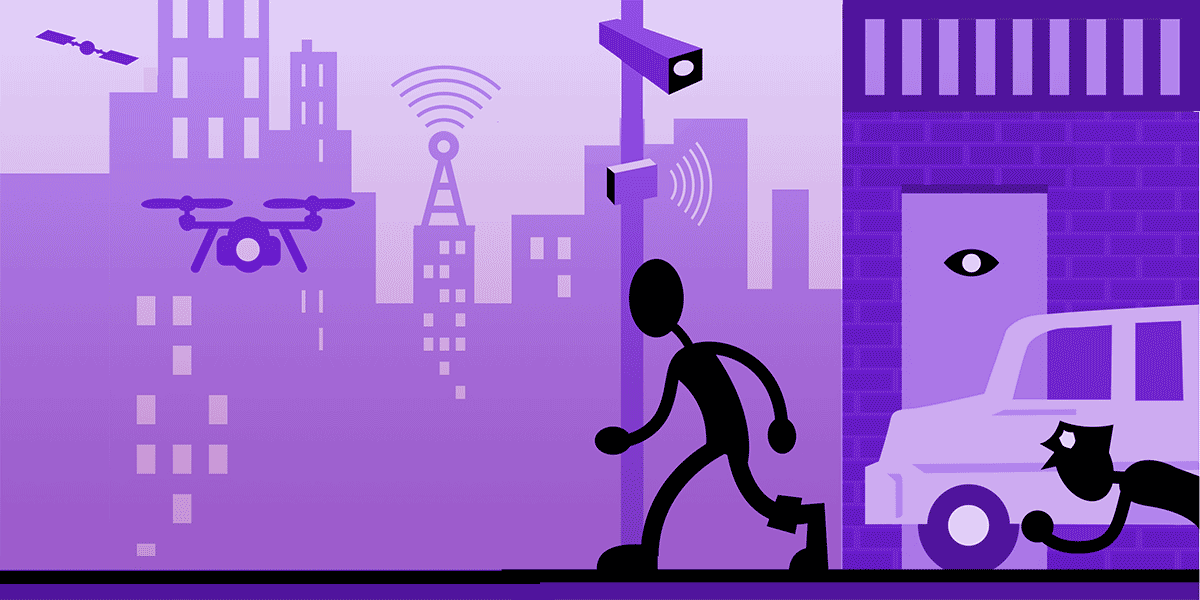Election Security: When to Worry, When to Not
This post was written by EFF intern Nazli Ungan as an update to a 2020 Deeplinks post by Cindy Cohn.
Everyone wants an election that is secure and reliable and that will ensure that the voters’ actual choices are reflected in the results. That’s as true as we head into the 2024 U.S. general elections as it always has been.
At the same time, not every problem in voting technology or systems is worth pulling the fire alarm—we have to look at the bigger story and context. And we have to stand down when our worst fears turn out to be unfounded.
Resilience is the key word when it comes to the security and the integrity of our elections. We need our election systems to be technically and procedurally resilient against potential attacks or errors. But equally important, we need the voting public to be resilient against false or unfounded claims of attack or error. Luckily, our past experiences and the work of election security experts have taught us a few lessons on when to worry and when to not.
See EFF's handout on Election Security here: https://www.eff.org/document/election-security-recommendations
We Need Risk-Limiting Audits
First, and most importantly, it is critical to have systems in place to support election technology and the election officials who run it. Machines may fail, humans may make errors. We cannot simply assume that there will not be any issues in voting and tabulation. Instead, there must be built-in safety measures that would catch any issues that may affect the official election results.
It is critical to have systems in place to support election technology and the election officials who run it.
The most important of these is performing routine, post-election Risk-Limiting Audits after every election. RLAs should occur even if there is no apparent reason to suspect the accuracy of the results. Risk-limiting audits are considered the gold standard of post-election audits and they give the public justified confidence in the results. This type of audit entails manually checking randomly selected ballots until there is convincing evidence that the election outcome is correct. In many cases, it can be performed by counting only a small fraction of ballots cast making it cheap enough to be performed in every election. When the margins are tighter, a greater fraction of the votes are required to be hand counted, but this is a good thing because we want to scrutinize close contests more strictly to make sure the right person won the race. Some states have started requiring risk-limiting audits and the rest should catch up!
We (and many others in the election integrity community) also continue to push for more transparency in election systems, more independent testing and red-team style attacks, including end-to-end pre-election testing.
And We Need A Paper Trail
Second, voting on paper ballots continues to be extremely important and the most secure strategy. Ideally, all voters should use paper ballots marked by hand, or with an assistive device, and verify their votes before casting. If there is no paper record, there is no way to perform a post-election audit, or recount votes in the event of an error or a security incident. On the other hand, if voters vote on paper, they can verify their choices are recorded accurately. More importantly, election officials can hand count a portion of the paper ballots to make sure they match with the electronic vote totals and confirm the accuracy of the election results.
What happened in Antrim County, Michigan in the 2020 general elections illustrates the importance of paper ballots. Immediately after the 2020 elections, Antrim County published inaccurate unofficial results, and then restated these results three times to correct the errors, which led to conspiracy theories about the voting systems used there. Fortunately, Antrim County voters had voted on paper ballots, so Michigan was able to confirm the final presidential results by conducting a county-wide hand count and affirm them by a state-wide risk-limiting audit pilot. This would not have been possible without paper ballots.
And we can’t stop there, because not every paper record is created equal. Some direct recording electronic systems are equipped with a type of Voter-Verified Paper Audit Trail that make it difficult for voters to verify their selections and for election officials to use in audits and recounts. The best practice is to have all votes cast on pre-printed paper ballots, marked by hand or an assistive ballot marking device.
Third, it is important to have the entire voting technical system under the control of election officials so that they can investigate any potential problems, which is one of the reasons why internet voting remains a bad, bad idea. There are “significant security, privacy, and ballot secrecy challenges” associated with electronic ballot return systems and they make it “possible for a single attacker to alter thousands or even millions of votes.” Maybe in the future we will have tools to limit the risks of internet voting. But until then, we should reject any proposal that includes electronic ballot return over the internet. Speaking about the internet, voting machines should never connect to the internet, dial a modem, or communicate wirelessly.
Internet voting remains a bad, bad idea
Fourth, every part of the voting process that relies on technology must have paper backups so that voting can continue even when the machines fail. This includes paper backups for electronic pollbooks, emergency paper ballots in case voting machines fail, and provisional ballots in case there voter eligibility cannot be confirmed.
Stay Vigilant and Informed
Fifth, we should continue to be vigilant. Election officials have come a long way from when we started raising concerns about electronic voting machines and systems. But the public should keep watching and, when warranted, not be afraid to raise or flag things that seem strange. For example, if you see something like voting machines “flipping” the votes, you should tell the poll workers. This doesn’t necessarily mean there has been a security breach; it can be as simple as a calibration error, but it can mean lost votes. Poll workers can and should address the issue immediately by providing voters with emergency paper ballots.
Sixth, not everything that seems out of the ordinary may be reason to worry. We should build societal resistance to disinformation. CISA's Election Security Rumor vs. Reality website is a good resource that addresses election security rumors and educates us on when we need to be or don’t need to be alarmed. State-specific information is also available online. If we see or hear anything odd about what is happening at a particular locality, we should first hear what the election officials on the ground have to say about it. After all, they were there! We should also pay attention to what non-partisan election protection organizations, such as Verified Voting, say about the incident.
The 2024 presidential election is fast approaching and there may be many claims of computer glitches and other forms of manipulation concerning our voting systems in November. Knowing when to worry and when NOT to worry will continue to be extremely important.
In the meantime, the work of securing our elections and building resilience must continue. While not every glitch is worrisome, we should not dismiss legitimate security concerns. As often said: election security is a race without a finish line!



